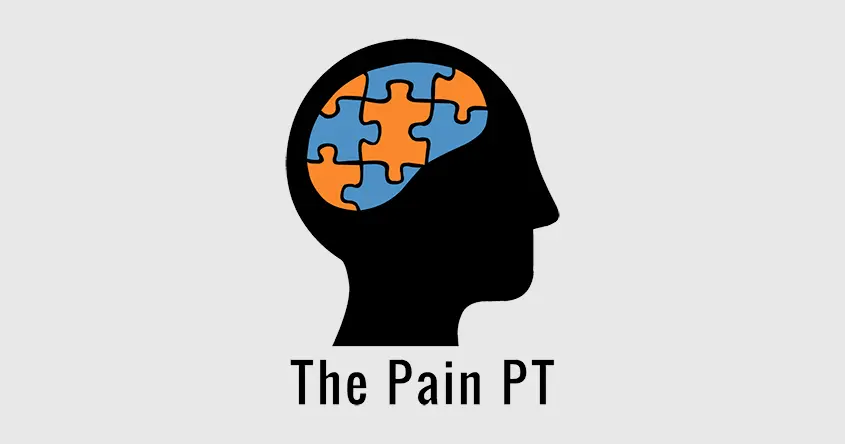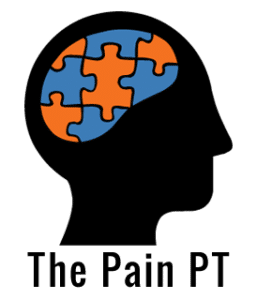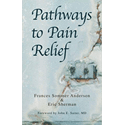Yes the Amygdala is Involved in Pain

We’ve come a long way in understanding chronic pain and how the brain shapes pain in ways we never knew before. The amygdala, which is the emotional generating and processing part of the brain, is now understood to be implicated as a driving force in pain conditions that become persistent. I see this in my patients, where there is typically an emotional and sensitization component that is not typically seen in acute and subacute conditions.
This 2020 research paper titled “Amygdala Physiology in Pain” may be written for neuroscientists and medical professionals (meaning chock full of medical terms and jargon that would put most people to sleep). The takeaway message though is important and listed below.
“Our current overall concept of amygdala function in pain can be described as follows. In pain conditions, increased nociceptive input (and/or “stress signals” in so-called functional pain conditions without any tissue pathology) drives hyperexcitability of amygdala output neurons. One consequence of increased amygdala output is the facilitation of spinal, and perhaps peripheral, nociceptive processing. Another effect is the deactivation of (medial) prefrontal cortical control centers, resulting in the well-documented cognitive deficits associated with pain conditions and in a loss of cortical control of amygdala processing. The combination of these vicious cycles of gain and loss of function allows the persistence of pain-related neuroplasticity in the amygdala and drives pain behaviors and pain persistence.”
To sum it up succinctly, the amygdala can itself become the central driver of pain and other chronic symptoms in the body, instead of the body producing symptoms like we see in acute injuries. This leads to targeting the brain with many chronic conditions.






